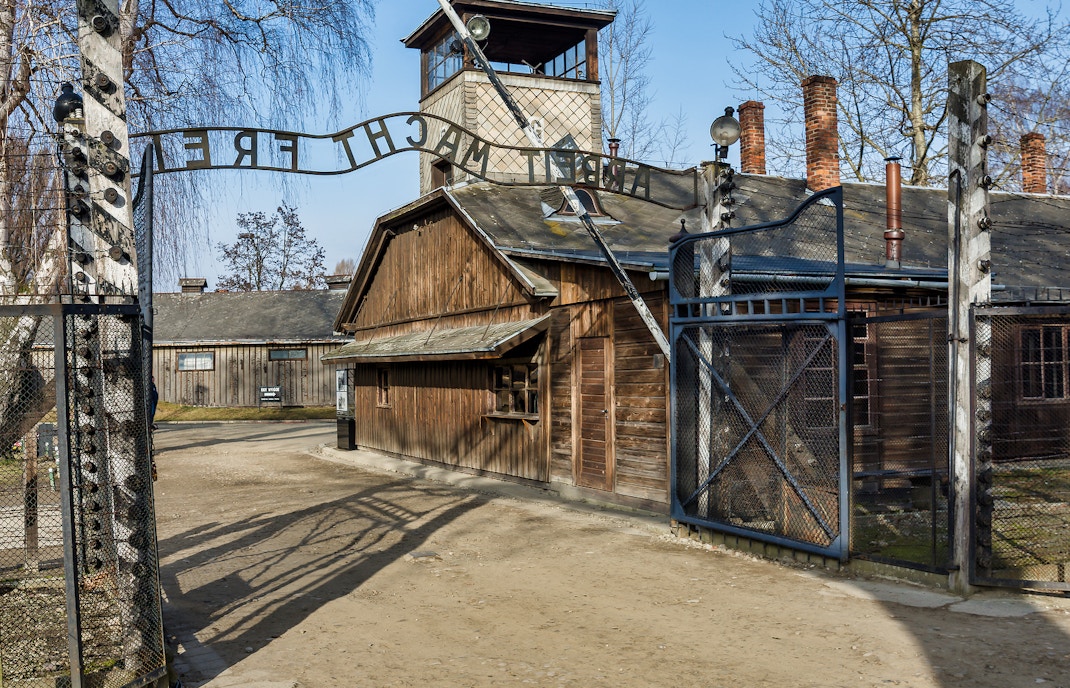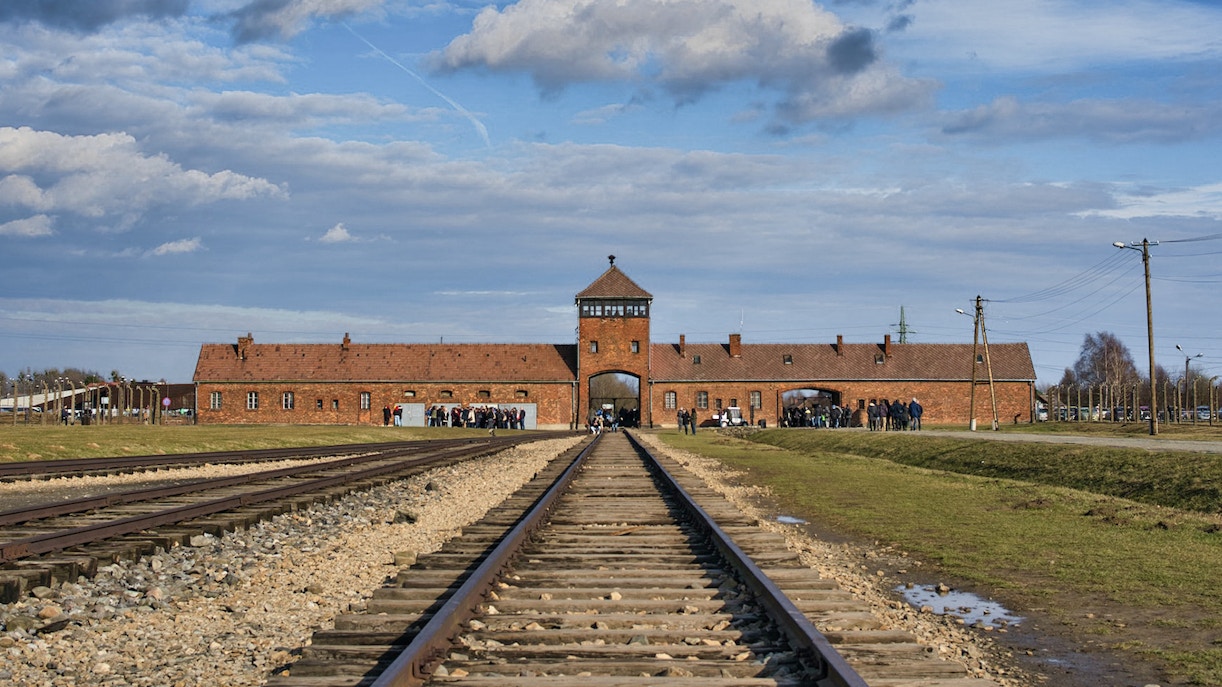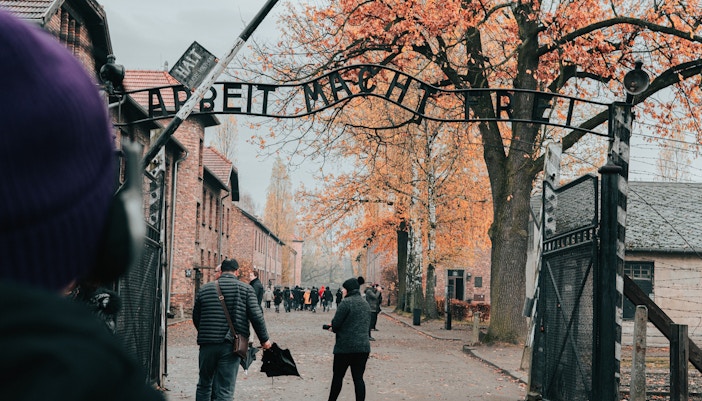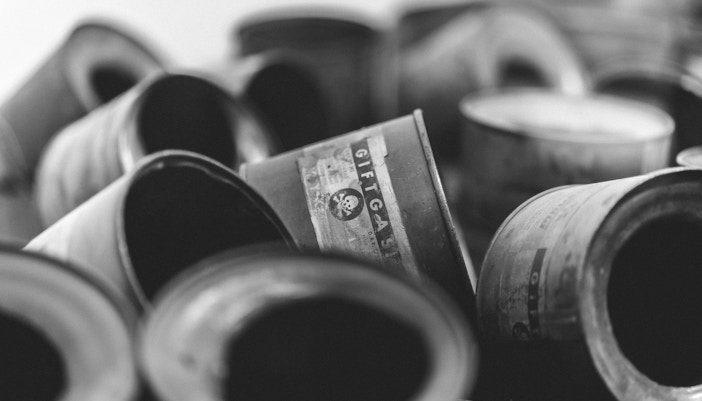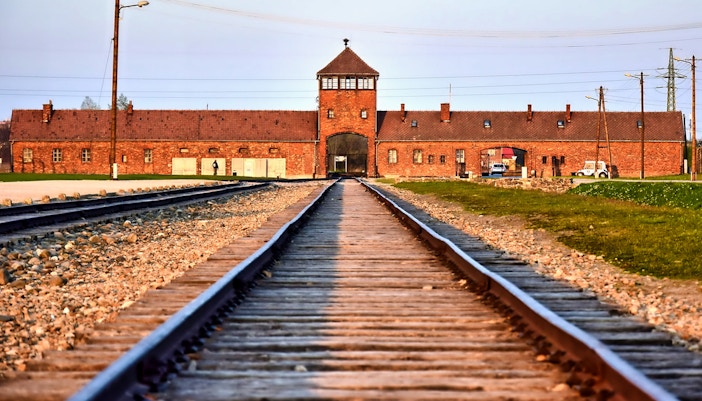- A glimpse into history: Auschwitz Museum delves deep into the haunting history of the Auschwitz Concentration Camp.
- Artworks: Discover a remarkable collection of artworks created by Auschwitz prisoners. These works serve as poignant testimonies to the harsh realities of life within the concentration camps.
- Relics: The museum houses tens of thousands of objects that once belonged to both prisoners and SS personnel, providing an unparalleled insight into daily life during the Holocaust.
- A personal story: Your visit to the Auschwitz Birkenau Memorial and Museum will introduce you to the history of the museum itself and the incredible story of Tadeusz Wąsowicz, a Holocaust survivor who played a pivotal role in creating the museum.
- A reminder against hate: The Auschwitz concentration camp museum stands as a powerful reminder of the devastating consequences of hate and discrimination. It's not just a place to see; it's a place to reflect and learn.


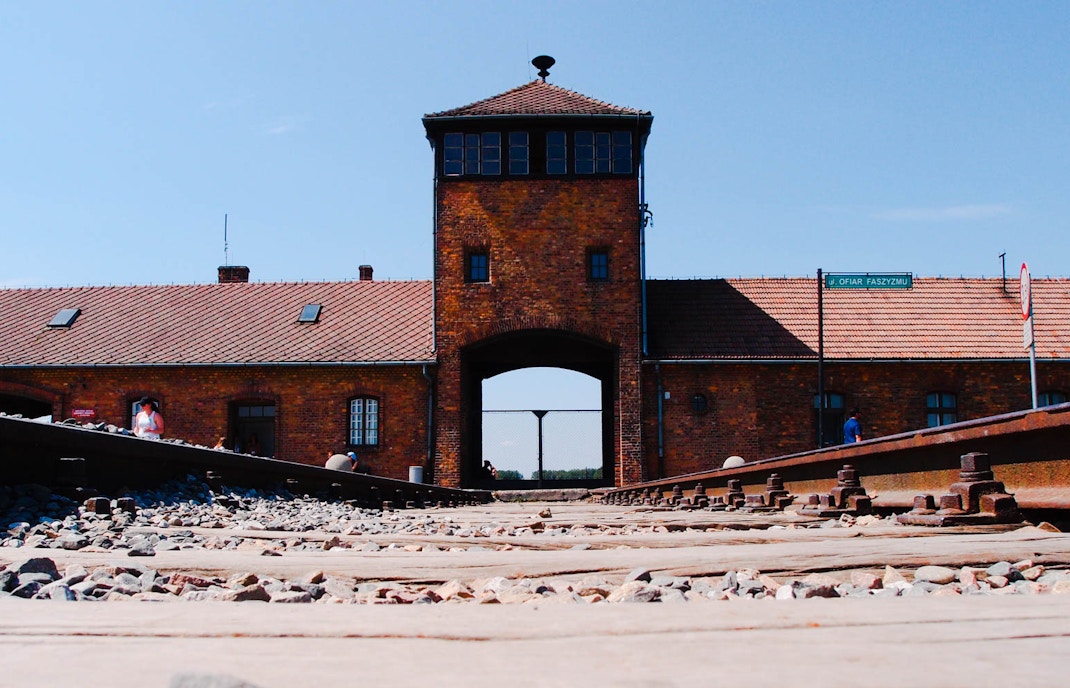

.jpg?auto=format&w=1222.3999999999999&h=687.6&q=90&ar=16%3A9&crop=faces&fit=crop)
